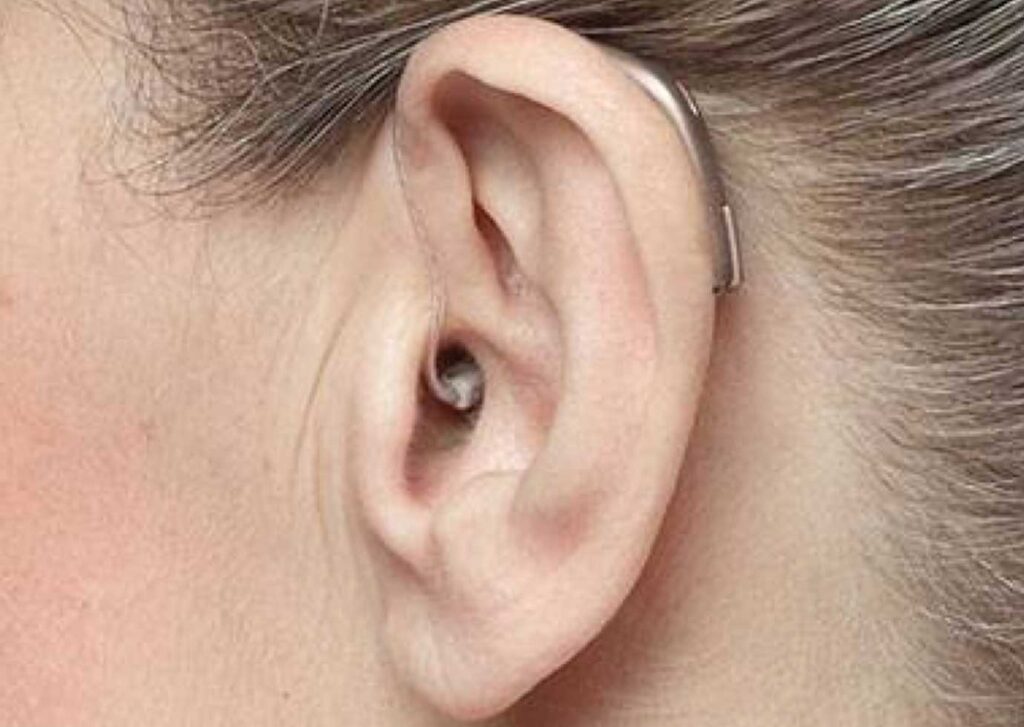What is a hearing aid?
A hearing aid is an electronic device, which consists of a microphone, a receiver (i.e. loudspeaker) and an amplifier microchip powered by a small battery.
Although a hearing aid may not provide its wearer with a completely “normal” hearing, it should be able to provide considerable benefit in overcoming the effects of a hearing loss.

The different types of hearing aids
There are several different styles of hearing aids available. Which style is best for you depends on a number of factors including the severity of your hearing loss and the size of your ear.
Completely-in-canal (CIC)
Completely-in-canal (CIC) hearing aids are placed deeply within the ear canal. Despite the small size, this hearing aid type contains the latest technology of equal quality to larger models. This style of hearing aid is suitable for milder hearing losses.
In-the-canal (ITC)
In-the-canal (ITC) hearing aids. Unlike behind-the-ear hearing aids, in-the-canal & in-the-ear hearing aids are placed inside the ear and consist of only one part (the shell) into which the electronics are built. This model is slightly larger than the CIC and is suitable for mild to moderate hearing losses.
In-the-ear (ITE)
This model is the largest of the in-the-ear hearing aids and is suitable for moderate to severe hearing losses. The larger size makes it easier for some patients to handle.
Behind-the-ear (BTE)
Behind-the-ear (BTE) hearing aids consist of a plastic casing containing the electronics which rests behind the ear. The amplified sound is fed through a clear plastic tube to the custom made earmold worn in the user’s ear. This style is suitable for all hearing losses.
Open-Fit
Open-Fit. Similar in style to a BTE hearing aid, an open fit hearing aid uses a combination of unique elements specially designed to deliver the sound from the hearing aid into your ear as comfortably and discreetly as possible. This style is suitable for milder hearing losses.


